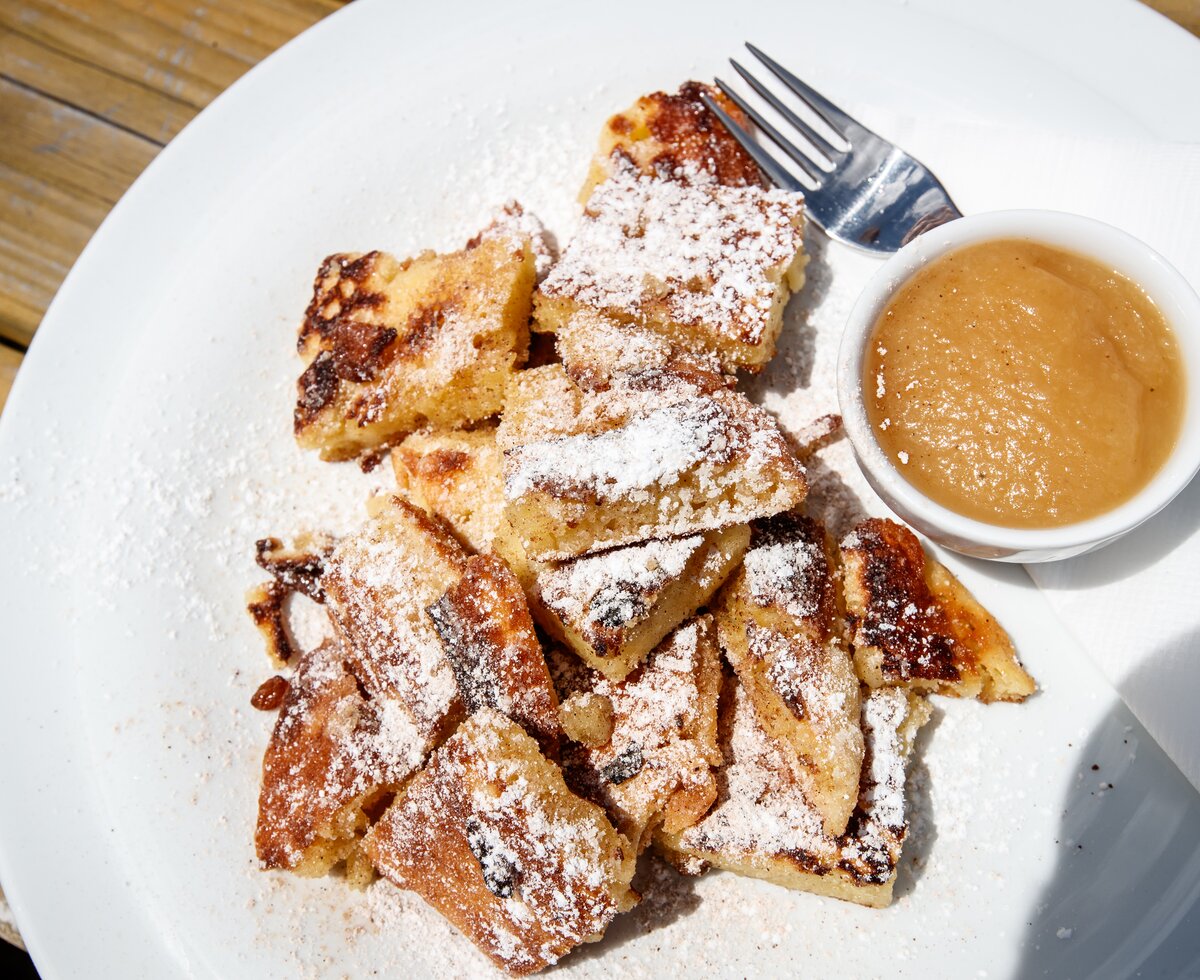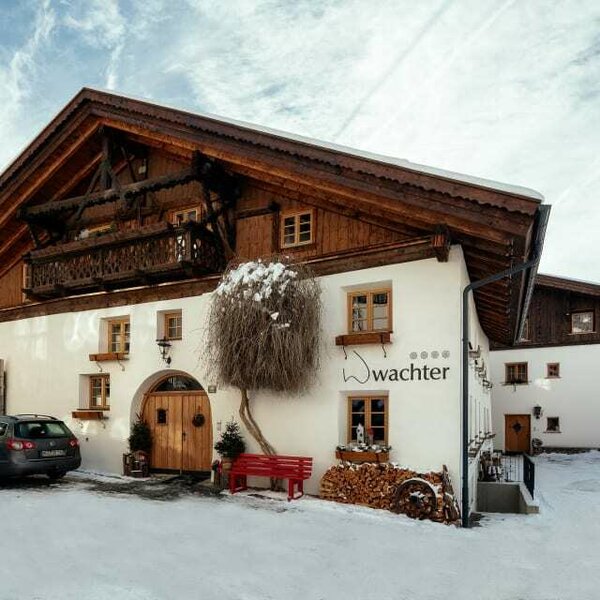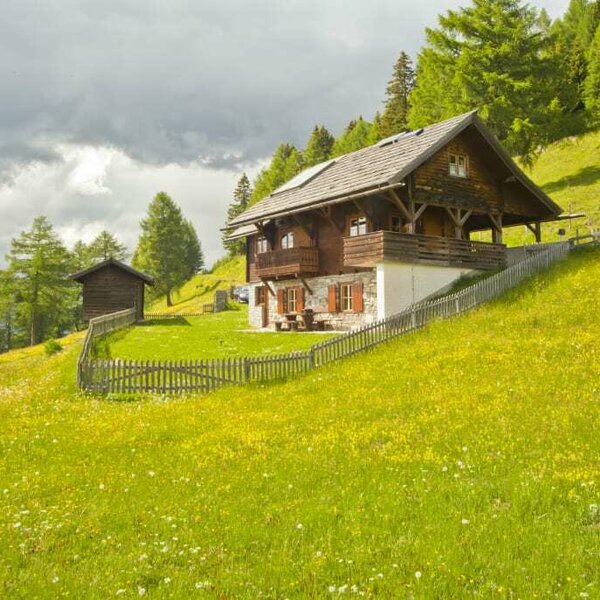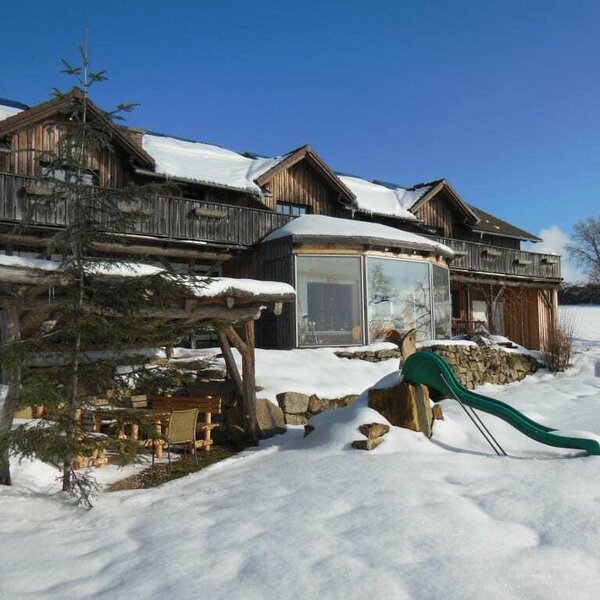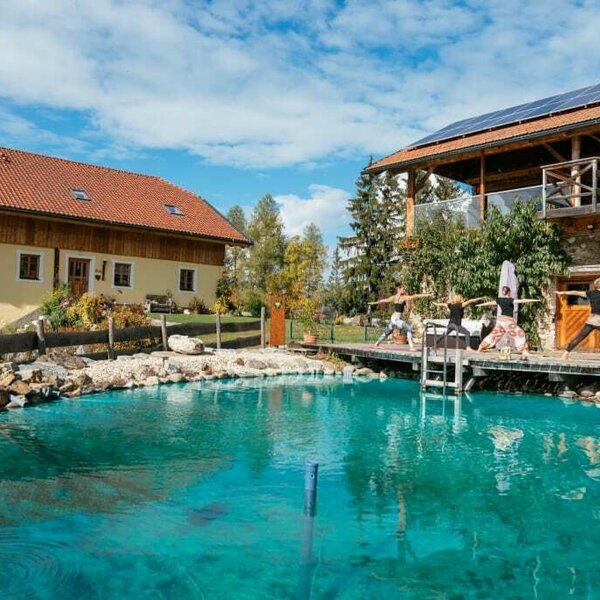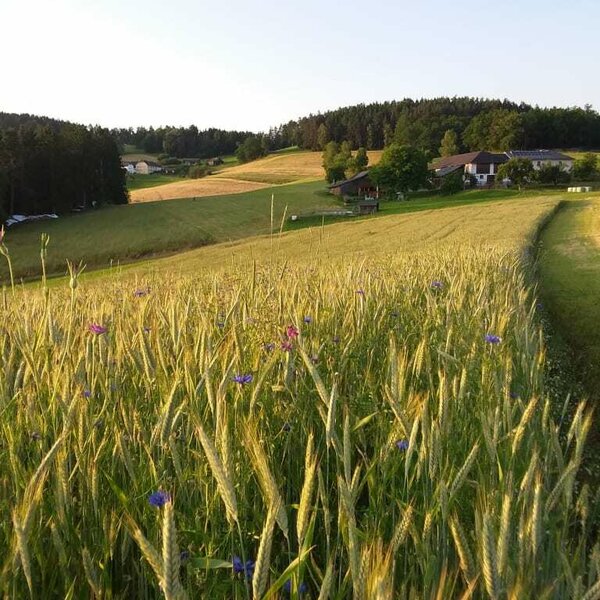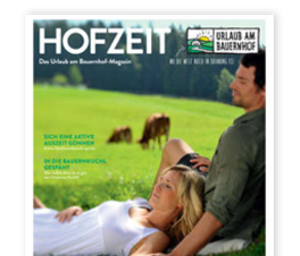Feasts and Traditions in the Farmer's Kitchen
A Farm Holiday in Austria Tastes Like This
From the steppe lake to the glacier - Austria is a country of diverse landscapes and diverse historical traditions. Local customs are still an important part of life, especially in rural areas. Apart from celebrating Christian holidays, there’s also a number of cultural events that are unique to a certain region.
No matter if it’s a kirmess or a pumpkin festival: there’s no celebration without a feast! A unique set of culinary traditions has evolved in every region. This cultural heritage is probably most firmly rooted in the kitchens on Austria’s family farms. That doesn’t come as a surprise. After all, this is the place where the food comes from. Grain is grown here and turned into bread later on. Cows are raised here and their milk is transformed into delicious cheese. On the farm, old and treasured recipes are still passed down from one generation to the next. Traditional dishes with a modern twist or classic recipes just like Grandma used to make them - the basis are the same: fresh, locally grown ingredients and a good sense of tradition.
Would you like to know how Easter or Christmas tastes like? Come to a family farm in Austria, then!
Locally Grown, Seasonal Food
Every season brings a bounty of fresh vegetables, fruits and herbs. What’s used in the kitchen depends on the climate, the weather and the harvest since, on the farm, fresh ingredients are used whenever possible.
Dishes with cabbage are prepared in spring. In late summer and in autumn, the scent of plum pie and apple strudel hangs in the air of the farmers’ kitchens. The farmers are, of course, experts when it comes to preparing and preserving food.
Have you ever helped making jam? Learn how to make herb syrup and tomato sauce during your next holiday! The farmers preserve the harvest for the winter months in a gentle way without the use of additives. This way, a great variety of food can be served throughout the year and, most importantly, during the festive season. Lots of dried pears are in the pantry, waiting for the moment to be used in traditional Christmas treats such as “Kletzenbrot” (a traditional pastry with a filling of dried fruit) or “Christstollen” (fruit bread with nuts, spices and dried fruit).
They will be needed in the farmer’s kitchen for sure. In preparation of Easter or Christmas, the farmers across the country are cooking and baking to their hearts’ content.
Quality & Trust
Simply get in touch
Contact the farms directly via e-mail or phone
A warm welcome
Enjoy a carefree holiday and immerse yourself in nature
Careful & safe
Your health is our utmost priority
Easter
sweet and savoury
In Austria, this is the time when “Osterpinzen” (sweet rolls made with yeast dough) and “Osterlamm” (sweet lambs made with cake or sponge batter) are laid out on every table. In the Mostviertel region in Lower Austria, godmothers give their godchildren a so-called “Godnkipferl” - a brioche that looks like a large croissant with a coin inside.
Carinthia’s speciality on the Easter table is known across the borders: “Kärntner Reindling”, a Bundt cake made with yeast dough and filled with honey and cinnamon. In a less sweetened form, it’s also eaten with ham.
Oh yes, ham! At Easter, it’s customary to have a basket of food blessed in church. There’s one item that’s obligatory in every Easter basket: ham. However, it’s interesting what families serve with it - sweet or savoury treats.
In Styria, it’s common to serve sweet bread, horseradish (a must!) and a special type of sausage called “Osterkrainer”. Since Tyrol is influenced by Italy’s culinary traditions, the main side dish is focaccia (the locals know it as “Fochazbrot”).
- In Upper Austria, the locals prefer “Oafleck”, sweet bread with lots of eggs. In Vorarlberg, the Easter meal is hearty with sauerkraut and rye bread accompanying the ham.
Advent and Christmas
In former times, the biscuits that were baked during Advent were not eaten before Christmas day. We’re glad that this has changed. The cooks and Christmas elves are much more generous now. They are willing to give you a sweet treat or two, even if the festive season has not officially started yet. Tip: if you have a sweet tooth, you should go to one of the many Christmas markets in Austria. The mouth-watering delicacies will make you crave for more! There are not only sweet snacks to revel in. In Burgenland, you absolutely have to try “Grammelpogatscherl”, a savoury pastry stuffed with pork cracklings.
In Carinthia, the locals can’t imagine a feast without a “Reindling”. The sweet Bundt cake with honey and cinnamon and “Kletzenbrot” (pastry with a filling of dried fruit) are a must on every Christmas table. On Christmas Eve, dinner usually consists of smoked sausages with sauerkraut and bread.
Sausages are at the centrepiece of a traditional Christmas dinner in a lot of families. In Tyrol, it’s sausage and pasta soup followed by a hearty pork roast, whereas in the Pinzgau region (Salzburg), the main course is “Bachlkoch” (sweet porridge made with milk and flour, served with honey). In Vorarlberg, Christmas dinner is not complete without Bratwurst made from veal and mayonnaise salad. In Upper Austria, potato salad is served as a side dish. In Lower Austria, Vienna and Burgenland, the traditional Christmas dish is carp or goose.
Needless to say: it’s not Christmas without cookies and biscuits! Countless traditional recipes are well-kept secrets that are only shared with family members. But as soon as guests become friends, there’s a good chance that the farmers let them in on a little secret ...
A lot of our guests stay on our farm because they want to show their kids where their food comes from. They want to make them understand that it's a lot of work and effort to produce food. Often, they remember what their grandma has taught them long ago.
Lent
What used to be a staple for peasants is now known as a sophisticated treat for gourmets: pickled herring. In Austria, this popular dish is mainly eaten on two days: New Year and Ash Wednesday. It’s no coincidence that this traditional meal marks the end of sumptuous feasts. The power of sour - pickles are said to be a “gut superfood”. Every cook has a secret ingredient that she adds to the fish salad. It may be dill, apples, horseradish or - in Styria - pumpkin seed oil.
Ash Wednesday is the beginning of Lent, the period of fasting. In some places, this is a hard time for food lovers. But not on our farms in Austria! The soups prepared during the fasting period are not only healthy but also delicious! Plus, they are a tasty vegan meal all year long. The main ingredients: vegetables in all their glory (cabbage, turnips, leek, potatoes, tomatoes and celery root). Find out which farms offer fasting programmes! They are not only good for your health but also great fun.
In the farmer’s kitchen, you’ll find a harmonious blend of traditional food, indulgence, great flavours and healthy living. Enjoy!
